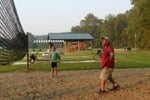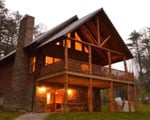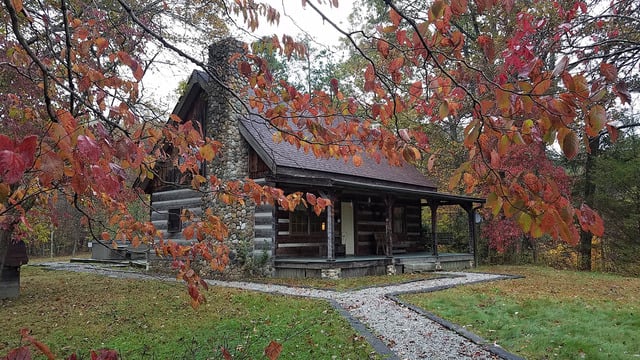HOPEWELL CULTURE NATIONAL HISTORICAL PARK
From about 200 BC to AD 500, the Ohio River Valley was a focal point of the prehistoric Hopewell culture. The term Hopewell describes a broad network of beliefs and practices among different Native American groups over a large portion of eastern North America. The culture is characterized by the construction of enclosures made of earthen walls, often built in geometric patterns, and mounds of various shapes. Visible remnants of Hopewell culture are concentrated in the Scioto River valley near present-day Chillicothe, Ohio. The most striking Hopewell sites contain earthworks in the form of squares, circles, and other geometric shapes. Many of these sites were built to a monumental scale, with earthen walls up to 12 feet high outlining geometric figures more than 1000 feet across. Conical and loaf-shaped earthen mounds up to 30 feet high are often found in association with the geometric earthworks.
The park contains nationally significant archeological resources including large earthwork and mound complexes that provide an insight into the social, ceremonial, political, and economic life of the Hopewell people. The park visitor center features museum exhibits, an orientation film, book sales area, and self-guided and guided tours.
Day-UseHiking Trailyes
Picnickingyes

Cottages and Cabins
Rustic beauty in a peaceful, clean atmosphere is the secret to this Family Retreat. The serene splendor of Mother Nature is your reward for visiting Walnut Creek. We offer cabin rentals for those who want the convenience with less effort.
7 miles from park*





